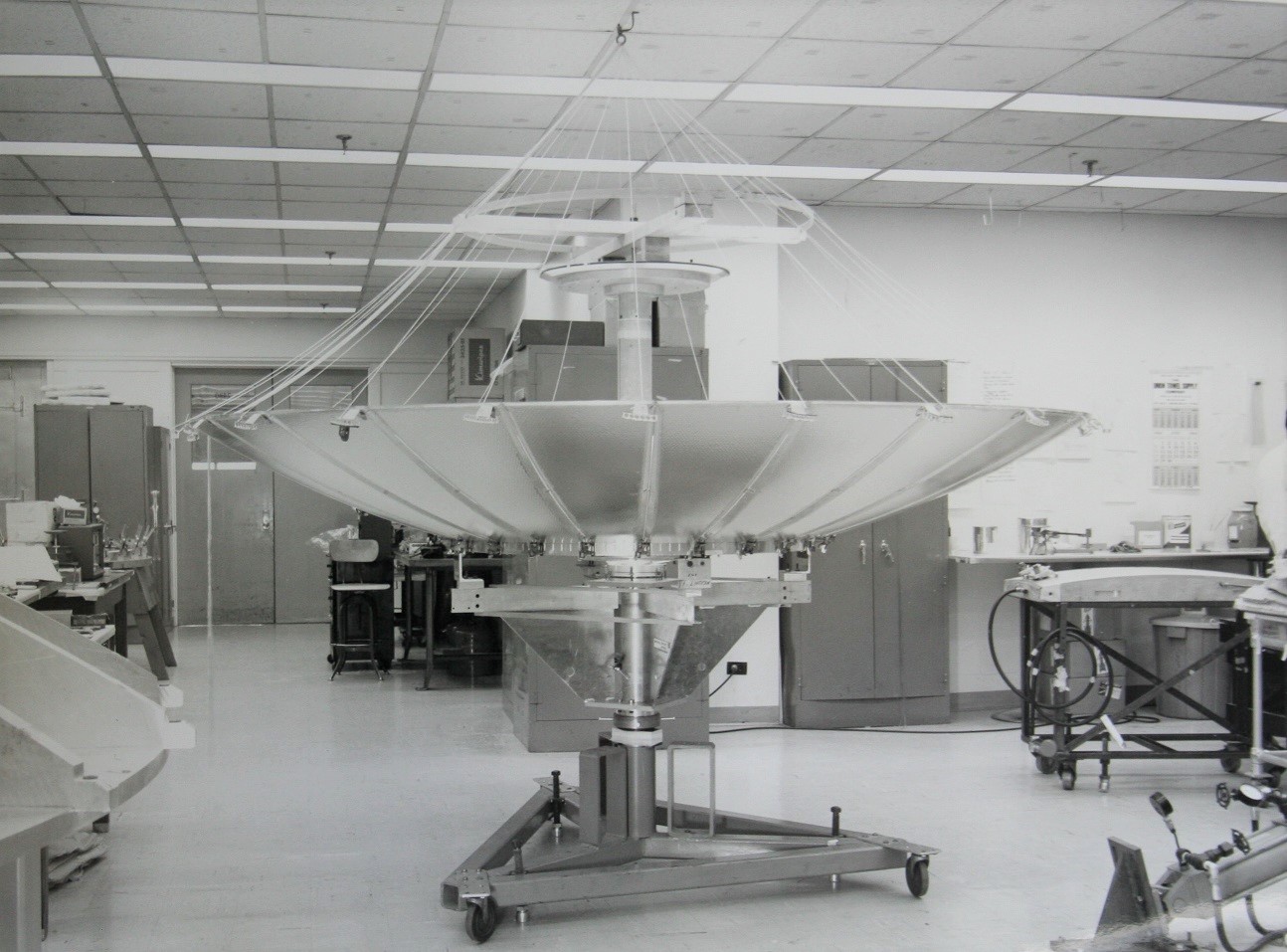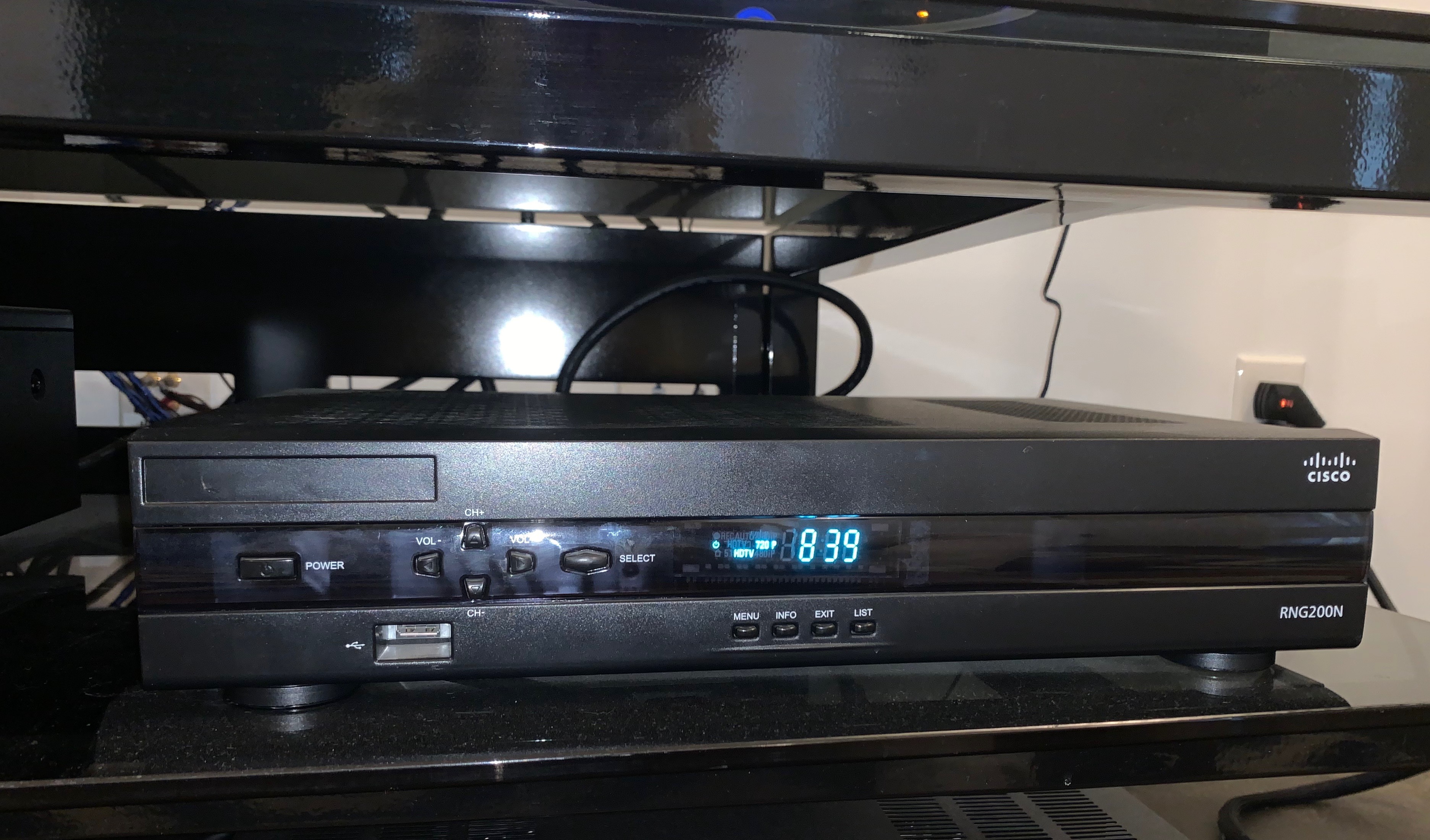|
Channel 100
Channel 100 was a pay television channel company run by Jeff Nathanson and Alan Greenstadt. Also called Optical Systems, it was one of the first all pay-per-view cable TV channels. It used a box manufactured by TRW Inc., TRW, in which a user inserted separately purchased punched plastic cards for access. In 1972, Mission Cable in San Diego became the first cable company to use the Optical Systems arrangement—under the name “Channel 100." Channel 100 operated on several cable television systems in the United States during the 1970s, including San Diego, California and Toledo, Ohio. It showed two movies a week.David TannyWhat's My Beef! ''San Diego Radio News'' Sources *John SireOral History Collection ''The Cable Center'', *Megan Gwynne MullenThe Rise of Cable Programming in the United States: revolution or evolution? 2003, University of Texas Press, Notes [...More Info...] [...Related Items...] OR: [Wikipedia] [Google] [Baidu] |
Pay Television
Pay television, also known as subscription television, premium television or, when referring to an individual service, a premium channel, refers to Subscription business model, subscription-based television services, usually provided by multichannel television providers, but also increasingly via Digital terrestrial television, digital terrestrial, and streaming television. In the United States, subscription television began in the late 1970s and early 1980s in the form of encrypted analog over-the-air broadcast television which could be decrypted with special equipment. The concept rapidly expanded through the multi-channel transition and into the post-network era. Other parts of the world beyond the United States, such as Television in France, France and Latin America have also offered encrypted analog terrestrial signals available for subscription. The term is most synonymous with premium entertainment services focused on films or general entertainment programming such as, in t ... [...More Info...] [...Related Items...] OR: [Wikipedia] [Google] [Baidu] |
Pay-per-view
Pay-per-view (PPV) is a type of pay television or webcast service that enables a viewer to pay to watch individual events via private telecast. Events can be purchased through a multichannel television platform using their electronic program guide, an automated telephone system, or through a live customer service representative. There has been an increasing number of pay-per-views distributed via streaming video online, either alongside or in lieu of carriage through television providers. In 2012, the popular video sharing platform YouTube began to allow partners to host live PPV events on the platform. Events distributed through PPV typically include boxing, mixed martial arts, professional wrestling, and concerts. In the past, PPV was often used to distribute telecasts of feature films, as well as adult content such as pornographic films, but the growth of digital cable and streaming media caused these uses to be subsumed by video on demand systems (which allow viewers to purch ... [...More Info...] [...Related Items...] OR: [Wikipedia] [Google] [Baidu] |
Cable TV
Cable television is a system of delivering television programming to consumers via radio frequency (RF) signals transmitted through coaxial cables, or in more recent systems, light pulses through fibre-optic cables. This contrasts with broadcast television (also known as terrestrial television), in which the television signal is transmitted over-the-air by radio waves and received by a television antenna attached to the television; or satellite television, in which the television signal is transmitted over-the-air by radio waves from a communications satellite orbiting the Earth, and received by a satellite dish antenna on the roof. FM radio programming, high-speed Internet, telephone services, and similar non-television services may also be provided through these cables. Analog television was standard in the 20th century, but since the 2000s, cable systems have been upgraded to digital cable operation. A "cable channel" (sometimes known as a "cable network") is a televisi ... [...More Info...] [...Related Items...] OR: [Wikipedia] [Google] [Baidu] |
TRW Inc
TRW Inc., was an American corporation involved in a variety of businesses, mainly aerospace, electronics, automotive, and credit reporting.http://www.fundinguniverse.com/company-histories/TRW-Inc-Company-History.html TRW Inc. It was a pioneer in multiple fields including electronic components, integrated circuits, computers, software and systems engineering. TRW built many spacecraft, including Pioneer 1, Pioneer 10, and several space-based observatories. It was #57 on the 1986 Fortune 500 list, and had 122,258 employees. The company was called Thompson Ramo Wooldridge Inc., after the 1958 merger of the Ramo-Wooldridge Corporation and Thompson Products. This was later shortened to TRW. The company was founded in 1901 and lasted for just over a century until being acquired by Northrop Grumman in 2002. It spawned a variety of corporations, including Pacific Semiconductors, The Aerospace Corporation, Bunker-Ramo and Experian. Its automotive businesses were sold off by Northrop ... [...More Info...] [...Related Items...] OR: [Wikipedia] [Google] [Baidu] |
Cable Television
Cable television is a system of delivering television programming to consumers via radio frequency (RF) signals transmitted through coaxial cables, or in more recent systems, light pulses through fibre-optic cables. This contrasts with broadcast television (also known as terrestrial television), in which the television signal is transmitted over-the-air by radio waves and received by a television antenna attached to the television; or satellite television, in which the television signal is transmitted over-the-air by radio waves from a communications satellite orbiting the Earth, and received by a satellite dish antenna on the roof. FM radio programming, high-speed Internet, telephone services, and similar non-television services may also be provided through these cables. Analog television was standard in the 20th century, but since the 2000s, cable systems have been upgraded to digital cable operation. A "cable channel" (sometimes known as a "cable network") is a tele ... [...More Info...] [...Related Items...] OR: [Wikipedia] [Google] [Baidu] |
San Diego, California
San Diego ( , ; ) is a city on the Pacific Ocean coast of Southern California located immediately adjacent to the Mexico–United States border. With a 2020 population of 1,386,932, it is the eighth most populous city in the United States and the seat of San Diego County, the fifth most populous county in the United States, with 3,338,330 estimated residents as of 2019. The city is known for its mild year-round climate, natural deep-water harbor, extensive beaches and parks, long association with the United States Navy, and recent emergence as a healthcare and biotechnology development center. San Diego is the second largest city in the state of California, after Los Angeles. Historically home to the Kumeyaay people, San Diego is frequently referred to as the "Birthplace of California", as it was the first site visited and settled by Europeans on what is now the U.S. west coast. Upon landing in San Diego Bay in 1542, Juan Rodríguez Cabrillo claimed the area for Spain, ... [...More Info...] [...Related Items...] OR: [Wikipedia] [Google] [Baidu] |
Toledo, Ohio
Toledo ( ) is a city in and the county seat of Lucas County, Ohio, United States. A major Midwestern United States port city, Toledo is the fourth-most populous city in the state of Ohio, after Columbus, Cleveland, and Cincinnati, and according to the 2020 census, the 79th-largest city in the United States. With a population of 270,871, it is the principal city of the Toledo metropolitan area. It also serves as a major trade center for the Midwest; its port is the fifth-busiest in the Great Lakes and 54th-biggest in the United States. The city was founded in 1833 on the west bank of the Maumee River, and originally incorporated as part of Monroe County, Michigan Territory. It was refounded in 1837, after the conclusion of the Toledo War, when it was incorporated in Ohio. After the 1845 completion of the Miami and Erie Canal, Toledo grew quickly; it also benefited from its position on the railway line between New York City and Chicago. The first of many glass manufacturers ... [...More Info...] [...Related Items...] OR: [Wikipedia] [Google] [Baidu] |
David Tanny
David (; , "beloved one") (traditional spelling), , ''Dāwūd''; grc-koi, Δαυΐδ, Dauíd; la, Davidus, David; gez , ዳዊት, ''Dawit''; xcl, Դաւիթ, ''Dawitʿ''; cu, Давíдъ, ''Davidŭ''; possibly meaning "beloved one". was, according to the Hebrew Bible, the third king of the United Kingdom of Israel. In the Books of Samuel, he is described as a young shepherd and harpist who gains fame by slaying Goliath, a champion of the Philistines, in southern Canaan. David becomes a favourite of Saul, the first king of Israel; he also forges a notably close friendship with Jonathan, a son of Saul. However, under the paranoia that David is seeking to usurp the throne, Saul attempts to kill David, forcing the latter to go into hiding and effectively operate as a fugitive for several years. After Saul and Jonathan are both killed in battle against the Philistines, a 30-year-old David is anointed king over all of Israel and Judah. Following his rise to power, David co ... [...More Info...] [...Related Items...] OR: [Wikipedia] [Google] [Baidu] |
Television Channels And Stations Established In 1972
Television, sometimes shortened to TV, is a telecommunication medium for transmitting moving images and sound. The term can refer to a television set, or the medium of television transmission. Television is a mass medium for advertising, entertainment, news, and sports. Television became available in crude experimental forms in the late 1920s, but only after several years of further development was the new technology marketed to consumers. After World War II, an improved form of black-and-white television broadcasting became popular in the United Kingdom and the United States, and television sets became commonplace in homes, businesses, and institutions. During the 1950s, television was the primary medium for influencing public opinion.Diggs-Brown, Barbara (2011''Strategic Public Relations: Audience Focused Practice''p. 48 In the mid-1960s, color broadcasting was introduced in the U.S. and most other developed countries. The availability of various types of archival stora ... [...More Info...] [...Related Items...] OR: [Wikipedia] [Google] [Baidu] |
Pay Television
Pay television, also known as subscription television, premium television or, when referring to an individual service, a premium channel, refers to Subscription business model, subscription-based television services, usually provided by multichannel television providers, but also increasingly via Digital terrestrial television, digital terrestrial, and streaming television. In the United States, subscription television began in the late 1970s and early 1980s in the form of encrypted analog over-the-air broadcast television which could be decrypted with special equipment. The concept rapidly expanded through the multi-channel transition and into the post-network era. Other parts of the world beyond the United States, such as Television in France, France and Latin America have also offered encrypted analog terrestrial signals available for subscription. The term is most synonymous with premium entertainment services focused on films or general entertainment programming such as, in t ... [...More Info...] [...Related Items...] OR: [Wikipedia] [Google] [Baidu] |
Cable Television In The United States
Cable television first became available in the United States in 1948. By 1989, 53 million U.S. households received cable television subscriptions, with 60 percent of all U.S. households doing so in 1992. with Data by SNL Kagan shows that about 58.4% of all American homes subscribe to basic cable television services. Most cable viewers in the U.S. reside in the suburbs and tend to be middle class; cable television is less common in low income, urban, and rural areas. According to reports released by the Federal Communications Commission, traditional cable television subscriptions in the US peaked around the year 2000, at 68.5 million total subscriptions. Since then, cable subscriptions have been in slow decline, dropping to 54.4 million subscribers by December 2013. Some telephone service providers have started offering television, reaching to 11.3 million video subscribers as of December 2013. History First systems It is claimed that the first cable television system in the Unit ... [...More Info...] [...Related Items...] OR: [Wikipedia] [Google] [Baidu] |



.jpg)



